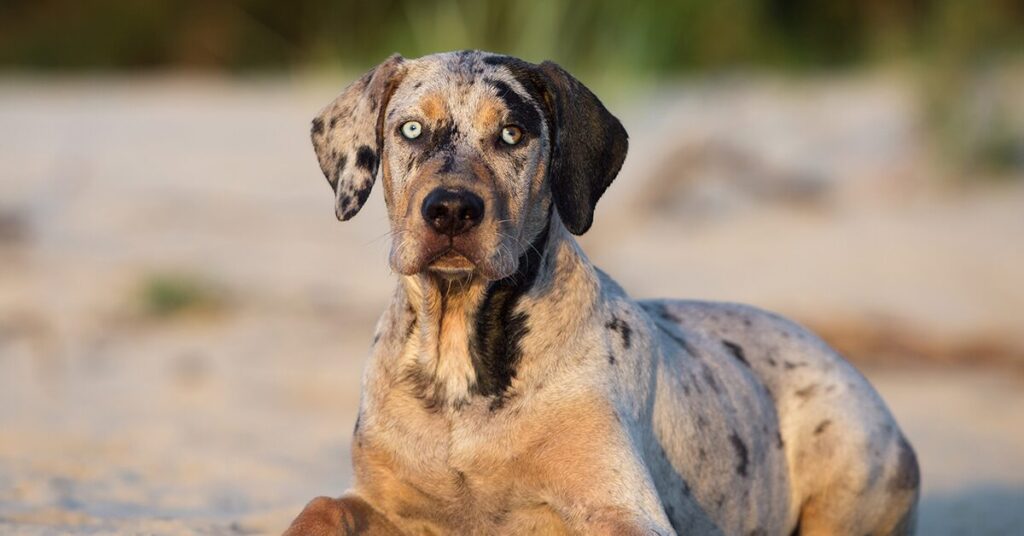- Randa Kriss
- May 20, 2022
- 9 min read
Updated: Nov 6, 2025
You have likely heard of the Labrador Retriever, the Golden Retriever, and the German Shepherd. After all, these canines consistently top the American Kennel Club’s list of the most popular dog breeds year after year.
But have you heard of the ancient Sloughi or the six-toed Norwegian Lundehund? With 199 dog breeds recognized by the AKC (and even more out there), it’s almost impossible to keep track of them all.
Could one of these rare dog breeds be the right fit for your family? Let’s find out!
Rarest dog breeds
Although you may have never heard of these rare dog breeds, some of them have been around for thousands of years – and thanks to the work of dedicated breeders, their lineages live on today. Each of these canines have a unique personality and history, and after learning more about them, you might just find your next family dog.
Here’s our list of 20 rare dogs that make the great family companions:
1. Azawakh
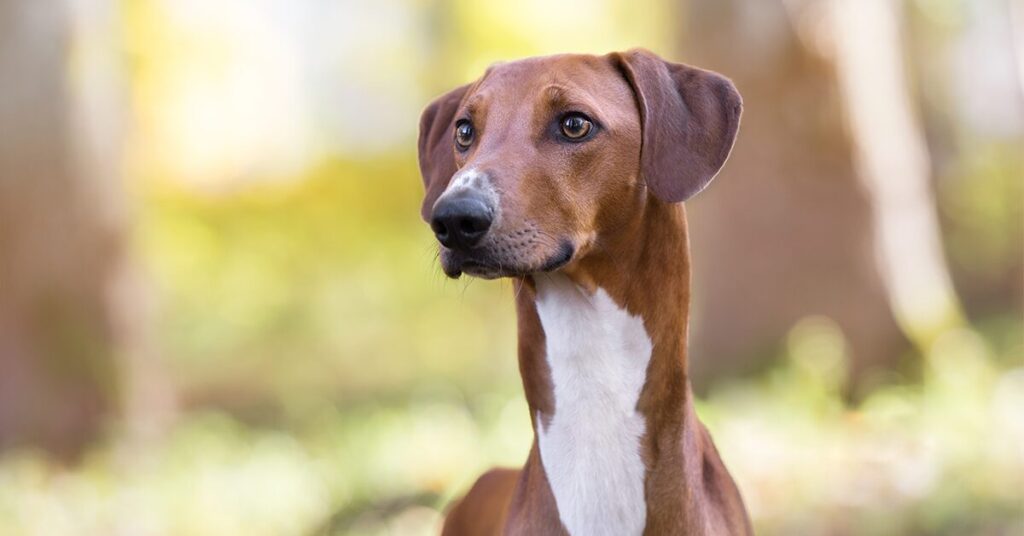
The Azawakh is an ancient sighthound with origins in West Africa. This dog was bred as a hunter and guardian, accompanying nomads and chasing gazelle across the Sahara desert. Azawakhs are independent, loyal, and deeply affectionate to their families.
With their background as hunting dogs, Azawakhs should have daily exercise and can make great running companions. Because these dogs are very smart and independent, training should also be started early – positive training will help your form a close bond with your Azawakh.
2. Bedlington Terrier

No, that’s not a sheep – although the curly coat, fleecy head, and tasseled ears might be enough to fool anyone. The Bedlington Terrier may look like a lamb, but this dog was originally bred in England to hunt vermin. Nowadays, however, these little terriers are energetic companions and alert watchdogs.
Bedlington Terriers are loyal, protective dogs and love to be the center of attention in their families. These dogs are fairly active and require regular exercise, but also enjoy curling up and relaxing on the couch. Early socialization and training are important for Bedlingtons – they can be a little stubborn, but they’re also intelligent and want to please their owners.
For families with allergies, Bedlington Terriers don’t shed, making them a great option if you’re looking for a hypoallergenic dog.
3. Biewer Terrier
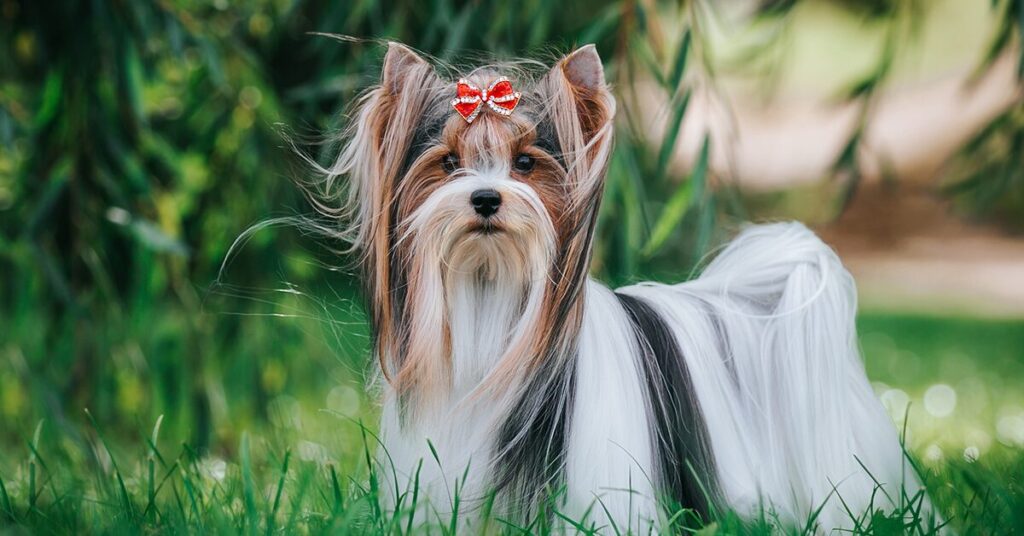
With a history that connects them to the well-known Yorkshire Terrier, the Biewer Terrier is a happy, charming, and fun-loving dog that makes an excellent family pet.
These dogs are devoted to their families, getting along with people of all ages. They also are great with other dogs and are even friendly with strangers.
Biewer Terriers are easygoing and playful and can be amused by a range of indoor and outdoor activities. They are intelligent and easy to train, especially due to their dedicated and loyal natures.
A working dog with a leopard-like coat and a variety of eye colors and patterns, it’s hard not to take note of a Catahoula Leopard Dog when you see one. These dogs were born and bred in Louisiana, where they were used to herd wild hogs and cows.
Today, these active canines make great guard dogs and loyal companions to their families. Catahoula Leopard Dogs can be independent and protective, so early socialization and consistent training are important.
These dogs also need plenty of exercise, as well as mental stimulation. So if you’re looking for a companion for running, hiking, or even swimming, Catahoulas can be an excellent choice – especially if water is involved, since they have unique webbed feet.
5. Cesky Terrier
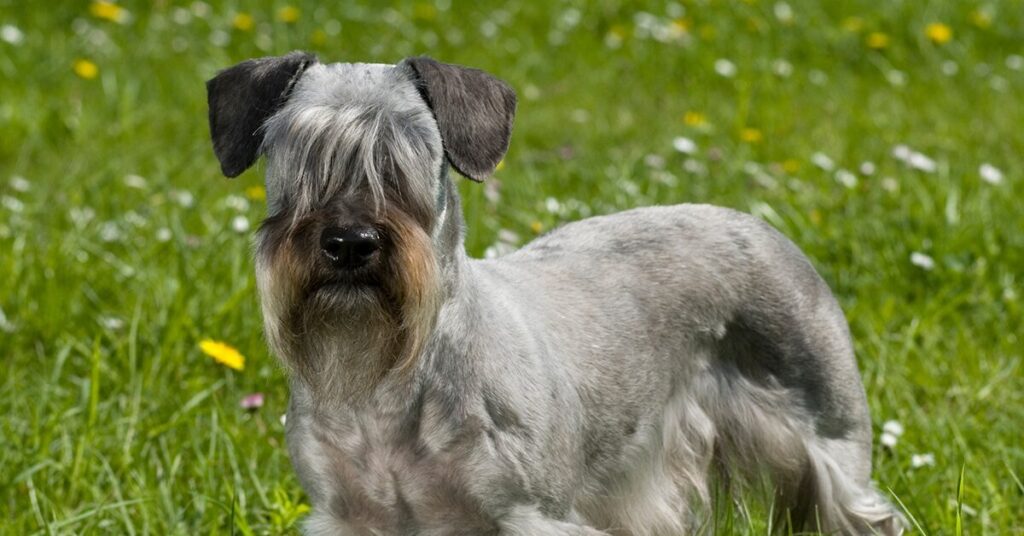
One of the rarest breeds in the U.S. – only 600 in the country according to the AKC – the Cesky Terrier is an adventurous and clever canine that makes an excellent family dog. The national dog of the Czech Republic, the Cesky Terrier is known for being great with kids and adults alike.
Ceskys are protective of their families, making good watchdogs, and they enjoy daily walks or play sessions with their owners. These dogs are intelligent and eager to please and may be less stubborn than other terriers, but consistent, positive training is still essential.
6. Chinook
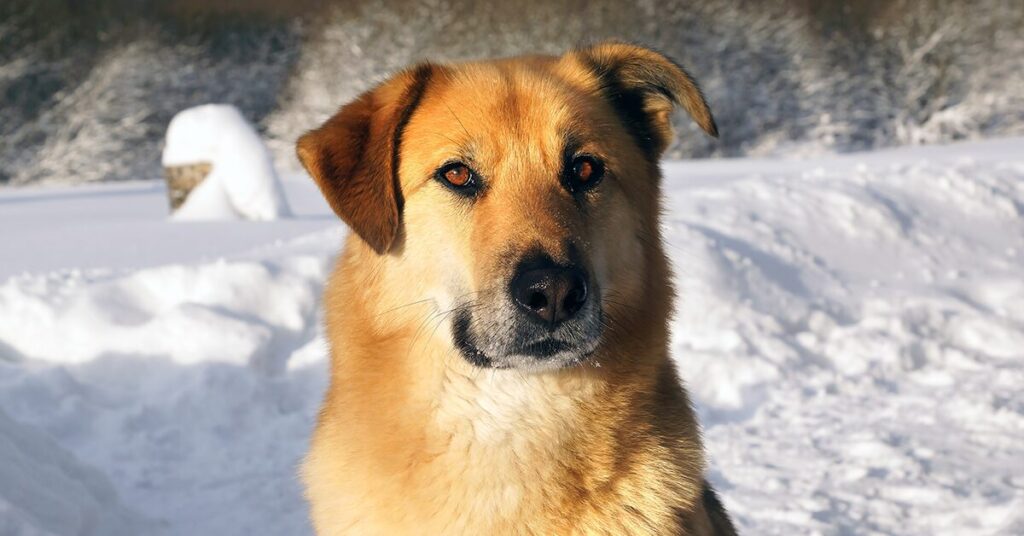
Originally bred in New Hampshire as sled dogs, the Chinook is a devoted and patient family pet that’s known for its affinity for children. These dogs are intelligent, patient, and eager to please. Chinook can be easily trained and make great working dogs for activities like carting, herding, and search-and-rescue work.
With a calm and people-focused personality, Chinooks are happy and mellow around the house and they bond closely with their families. They do have a decent amount of energy, however, so it’s important to engage them in regular exercise. Because they’re such family dogs, Chinooks will be content doing whatever you’re doing – walking, swimming, hiking, and more.
7. Dandie Dinmont Terrier

A small terrier with a sizable personality, the Dandie Dinmont is most recognizable for its unique head of silky white hair. These dogs are independent, smart, and alert. They may be on the smaller side, but Dandie Dinmont Terriers have a big bark and can make great watchdogs.
Dandies are energetic and enjoy playing and cuddling with kids. These dogs are also adaptable and eager to please, but like many terriers, they can be stubborn, so early and consistent training is important. Although Dandie Dinmont Terriers should get regular exercise, they’re not good running or biking partners, as their long and low to the ground bodies make it hard for them to run long distances.
8. English Foxhound

A true hound and hunting dog, the English Foxhound is an affectionate and loyal companion that thrives in an active environment. These dogs are gentle and sociable; they’re pack-oriented, and therefore do extremely well in families with other dogs and children.
Like some hounds, however, English Foxhounds can be stubborn and independent, so patient, calm, and consistent training is important. These dogs also need plenty of daily exercise and activity – and won’t make good apartment dogs. However, if you’re looking for a sporting companion, or a family pet to run, hike, or walk with, the English Foxhound could be a great choice.
9. Finnish Spitz

The national dog of Finland, the Finnish Spitz is known for its golden-red coat and signature yodeling bark. These canines are friendly, lively, and make excellent companions for all types of families. Finnish Spitz get along well with children and other dogs, and may be cautious but not shy around strangers.
These small hunting dogs bond closely to their families and will benefit from a moderate amount of regular exercise with you. Finnish Spitz are smart and alert, and do well with short and fun training sessions.
10. Lagotto Romagnolo
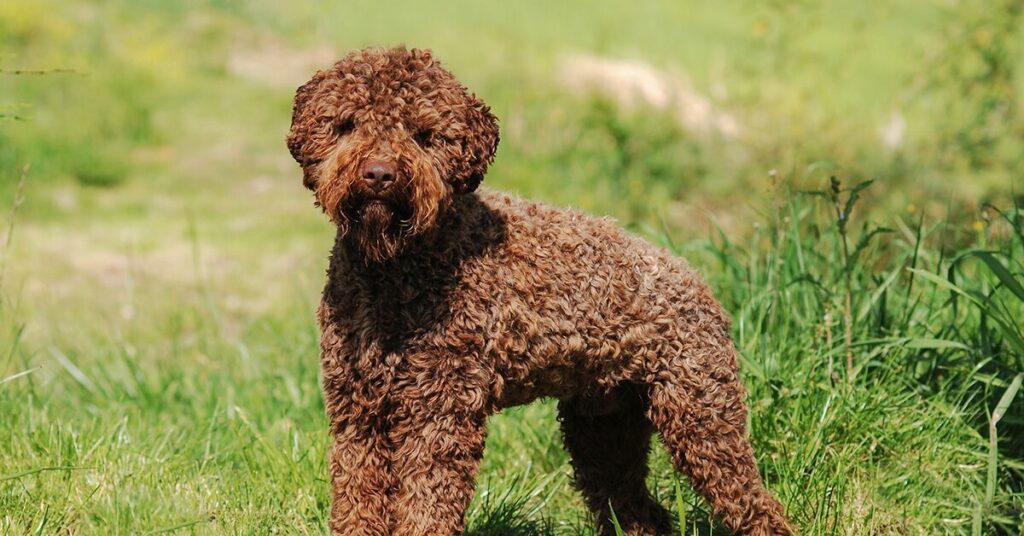
This breed may look like a teddy bear, but the Lagotto Romagnolo was originally bred in Italy to retrieve waterfowl – and has for many years, been used to sniff out truffles – earning it the nickname “the Italian truffle dog.” These dogs are affectionate, lively, and smart.
Lagotto Romagnoli make excellent companions for active families, as well as those with other dogs. These canines are eager to please and enjoy learning new things – and with their keen nose, are great candidates for scent work, search-and-rescue, as well as other dog sports like agility and obedience. The Lagotto Romagnolo requires mental and physical stimulation on a regular basis, but doesn’t need an excessive amount of exercise.
11. Mudi
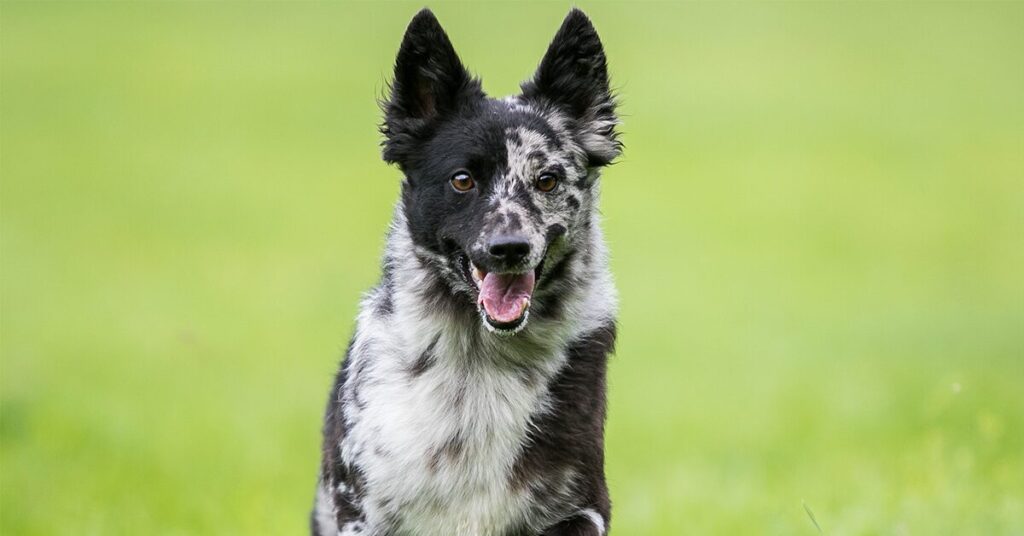
The Mudi is a Hungarian farm dog, originally bred to herd sheep. During World War II, the breed almost disappeared entirely, like many Hungarian breeds, but was revived in the 1960s – though it remains a rare breed today.
Mudis are intelligent, active, and alert. They make great working dogs, whether herding livestock or protecting their family members. Mudis are easily trainable, willing to please, and regular exercise will help satisfy their playful nature and keep them out of trouble. And after they’ve released their energy, Mudis are more than happy to relax in the house.
12. Norwegian Lundehund
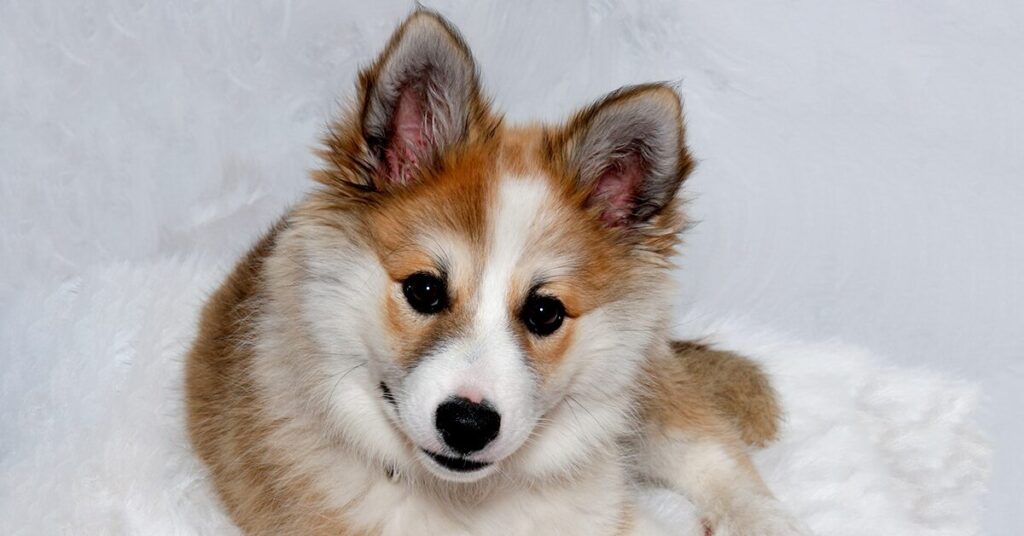
The only dog that was bred to hunt puffins, the Norwegian Lundehund may no longer be a bird hunter, but this canine makes a loyal and athletic companion. These dogs are friendly, energetic, and alert; they can be sensitive, however, so early socialization and positive training are important.
Norwegian Lundehunds are also smart and affectionate and love to bond with their owners. These canines can benefit from daily exercise, especially if they can do it with you. And these puffin dogs are unique in more ways than one – they have six toes and extra paw pads, plus, ears that can fold closed, forward, or backward.
13. Otterhound
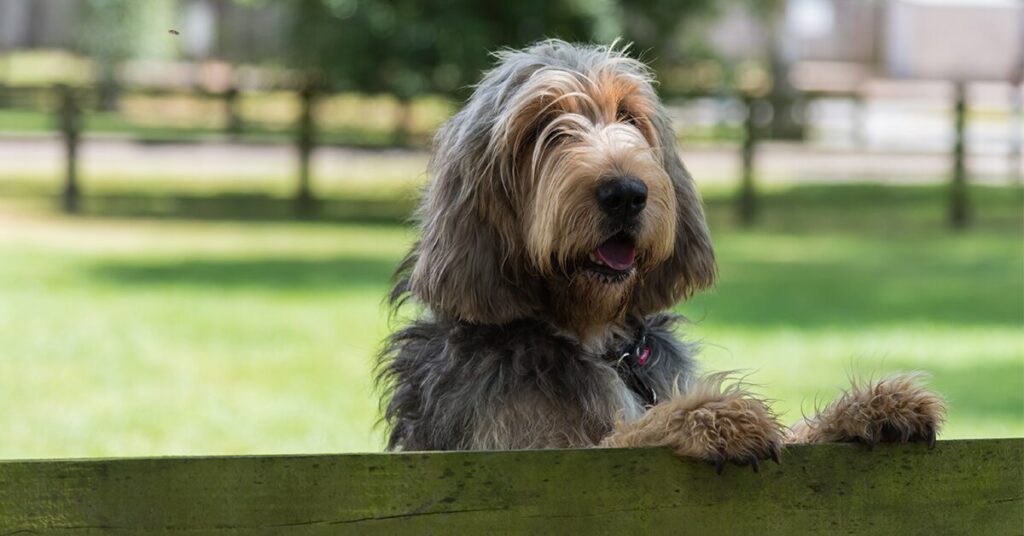
A big, affectionate dog known for its looks just as well as its personality, the Otterhound was originally bred in medieval England to hunt otters. These dogs are recognizable by their shaggy coats and webbed feet – plus, their big black noses, which could track an otter’s trail, even underwater.
Today, as family pets, these hounds are even-tempered and sensitive, despite their size. They bond closely with their families and love to receive praise (as well as treats). Otterhounds need physical and mental exercise, so activities that they can do with you, like walking, swimming, agility, tracking, etc. serve them best.
14. Peruvian Inca Orchid
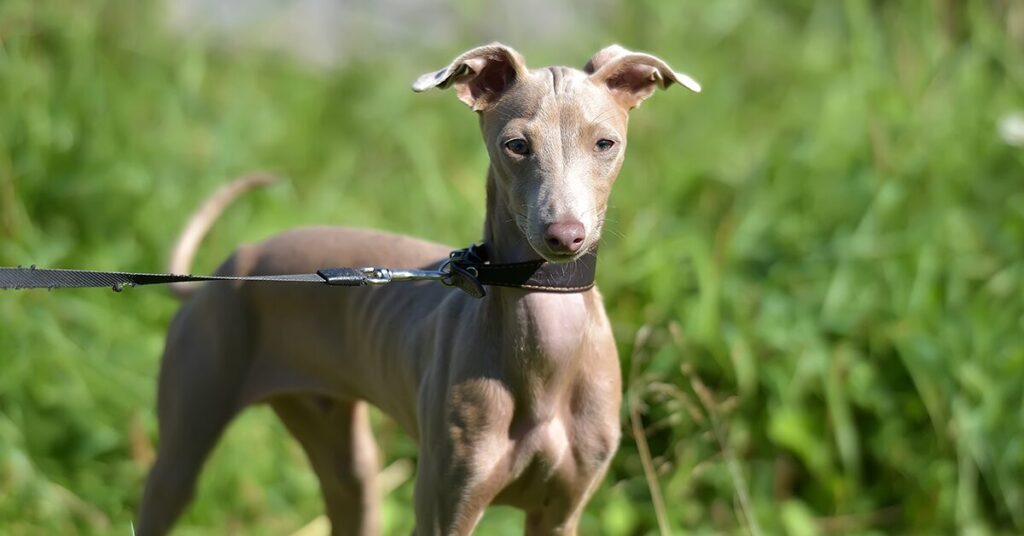
It may sound like a flower, but this elegant and noble dog is an ancient breed with a history that dates back thousands of years. Originally from Peru, the Peruvian Inca Orchid is a sighthound – similar to a Greyhound or a Whippet. These dogs come in three different sizes, as well as a hairless or a coated variety. They can have a range of skin colors, as well as coat colors, including black, white, tan, pink, brown, and gray.
The Peruvian Inca Orchid is affectionate, loyal, and protective of its family – making a good watchdog. These dogs are smart, but can be more challenging to train than other dogs. Peruvian Inca Orchids are also lively and alert, so regular exercise is important to keep them feeling their best.
15. Puli

Originally bred in Hungary to herd sheep, the Puli is easily recognizable by its naturally corded coat. Pulik are loyal and smart sheepdogs; they’re agile and powerful – despite their smaller size and dense coats.
These dogs are quick learners and want to please their owners, but like many herding dogs, they can be strong-willed. It’s helpful to keep them mentally stimulated, as well as ensure they get the right amount of physical exercise. The Puli can be a great companion for a variety of dog sports, including herding, agility, and obedience.
16. Pyrenean Shepherd
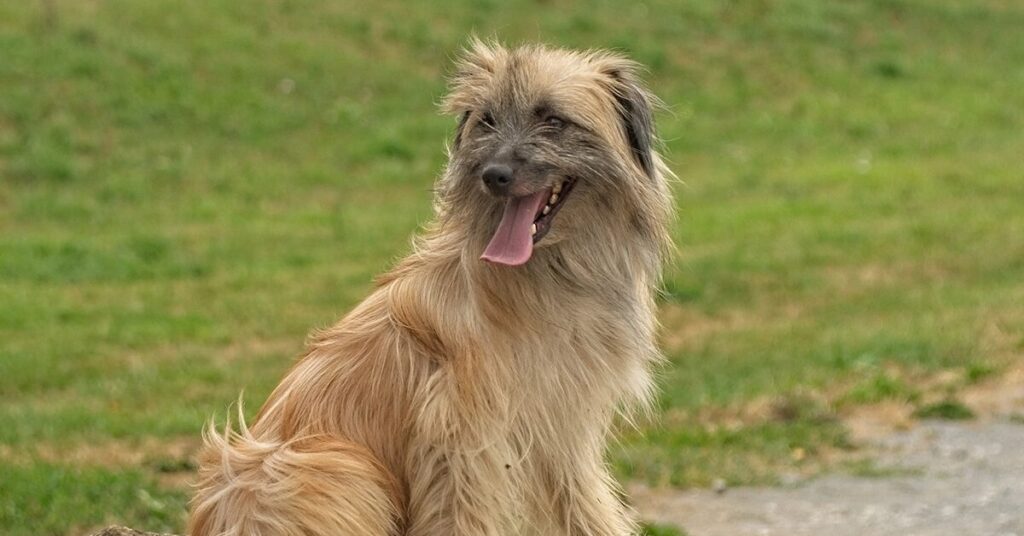
The Pyrenean Shepherd is an enthusiastic, active, and affectionate herding dog. The breed originated in the French Pyrenees Mountains as a sheepdog, working alongside the Great Pyrenees, who were used to guard the flocks. Pyrenean Shepherds are known for their movement as herders and come in two distinct coat varieties, rough-faced – with a harsh coat and longer hair above their nose – and smooth-faced with a finer coat and shorter hair on their face.
These dogs are smart and energetic and love to connect with their owners. Pyrenean Shepherds are easily trainable and enjoy the opportunity to play games or participate in activities. With high energy and a herding nature, these dogs should get plenty of exercise to keep them busy.
17. Sloughi
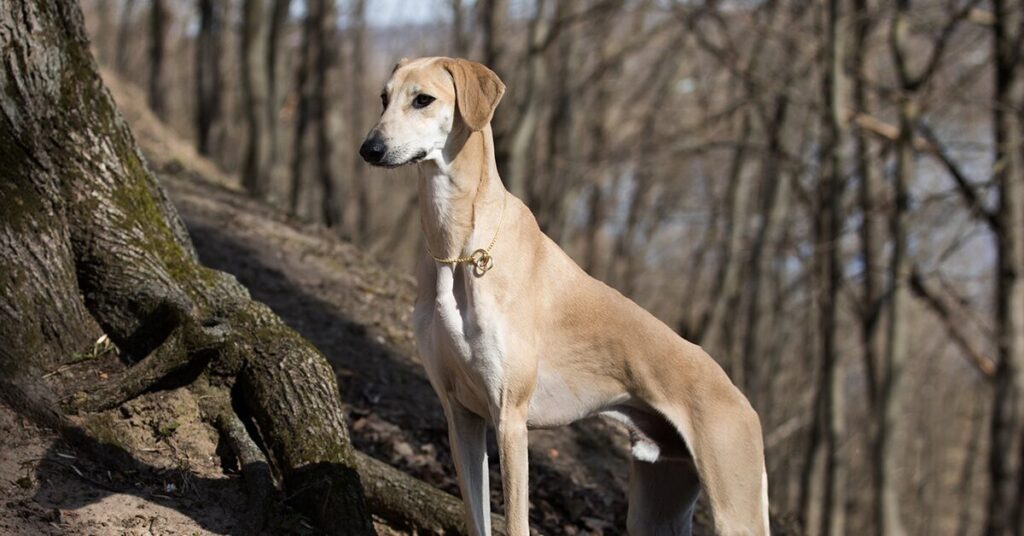
The Sloughi is an ancient breed, originating in North Africa. Nicknamed the “Arabian Greyhound,” this dog is a sighthound, similar to the Azawakh, and was bred to chase and hunt a variety of animals across the desert.
Today, Sloughis are gentle and loyal with their families, but reserved and sometimes aloof with strangers. These hounds are smart, but sensitive, and although they are athletic, they can be quiet and shy at home. Sloughis do require sufficient exercise, however, and can benefit from the opportunity to stretch their legs in a safe environment.
18. Swedish Vallhund
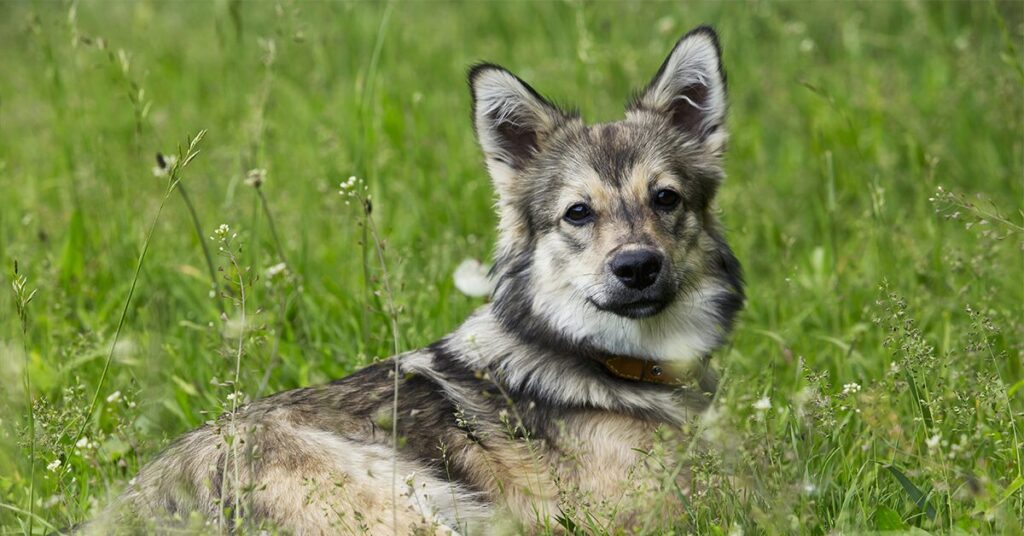
A distant relative of the popular Pembroke Welsh Corgi, the Swedish Vallhund is yet another ancient breed, dating back to the times of Scandinavian Vikings over 1,000 years ago. These dogs were bred to herd cattle across Swedish farmlands and continue to exude their smart, energetic, herding dog nature to this day.
Swedish Vallhunds are friendly dogs that are great with kids and make excellent companions. These dogs want to work well with you, but can be headstrong, so positive, consistent training will help them succeed. Although Swedish Vallhunds are working dogs, some have more energy than others, so while they should have regular exercise, some may be happy with a game in the backyard, whereas others will need a more steady walk.
19. Thai Ridgeback

Originally bred in Thailand as a hunter and a guardian, the Thai Ridgeback is loyal, intelligent, and agile. As their name suggests, these dogs are known for the distinctive ridge of hair on their back that is formed by the hair growing in the opposite direction from the rest of the coat. Thai Ridgebacks have up to eight different ridge patterns.
These dogs have naturally protective instincts and can make excellent guardians. They can, however, be independent and reserved, so socialization and training are essential. Thai Ridgebacks are likely better-suited for experienced dog owners.
20. Xoloitzcuintli
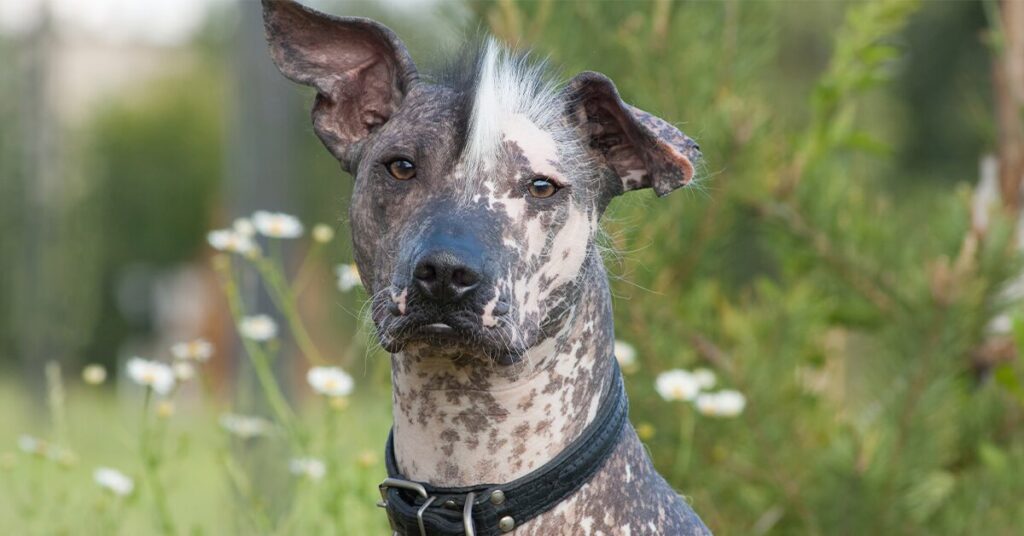
The Xoloitzcuintli may have a name that’s difficult to pronounce, but this hairless dog has been around for at least 3,000 years – all the way to the ancient Aztecs in Mexico. Although perhaps more well-known for their hairless variety, Xolos also come in a coated variety as well.
The Xolo is a loyal companion and dedicated watchdog, bonding closely with their families. These dogs are affectionate and calm at home, and will benefit from consistent training and established boundaries. While Xoloitzcuintli are happy to play and partake in walks and activities (and they should), they’re also perfectly content to cuddle and hang out around the house.
Choosing the right dog for you
With so many dog breeds out there, it can be hard to decide which breed is right for you.
If you’re thinking about one of these rare breeds, it can be helpful to reach out to another dog owner or breeder for more information about a specific breed’s personality, as well as their grooming, nutritional, exercise, and health needs.
And whichever pup you choose, make sure you’re covered when future accidents or illnesses arise by getting a pet insurance plan.
Start off on the right paw by fetching a free quote for a Pumpkin Dog Insurance plan today!

